Ashton Fagg
Learning Background-Aware Correlation Filters for Visual Tracking
Mar 21, 2017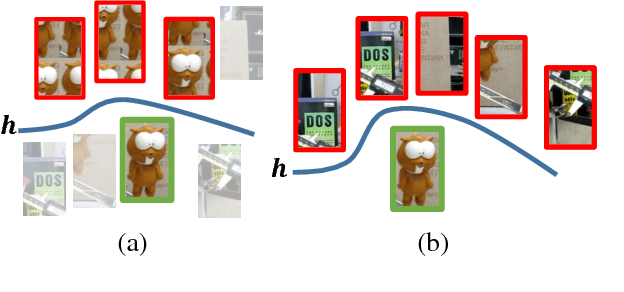


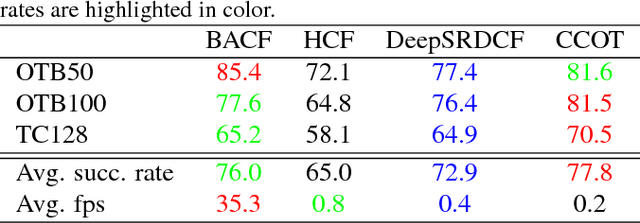
Abstract:Correlation Filters (CFs) have recently demonstrated excellent performance in terms of rapidly tracking objects under challenging photometric and geometric variations. The strength of the approach comes from its ability to efficiently learn - "on the fly" - how the object is changing over time. A fundamental drawback to CFs, however, is that the background of the object is not be modelled over time which can result in suboptimal results. In this paper we propose a Background-Aware CF that can model how both the foreground and background of the object varies over time. Our approach, like conventional CFs, is extremely computationally efficient - and extensive experiments over multiple tracking benchmarks demonstrate the superior accuracy and real-time performance of our method compared to the state-of-the-art trackers including those based on a deep learning paradigm.
Need for Speed: A Benchmark for Higher Frame Rate Object Tracking
Mar 21, 2017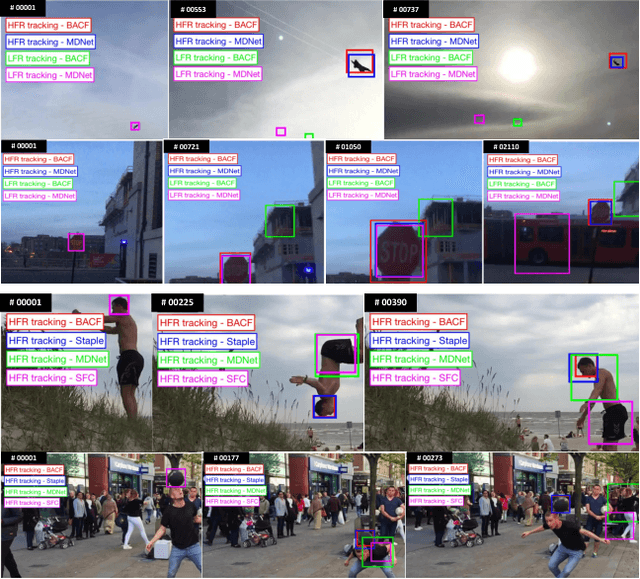

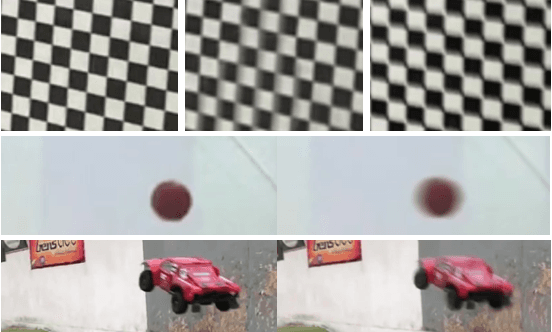
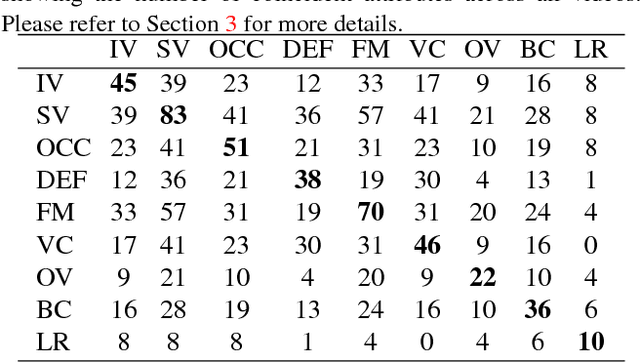
Abstract:In this paper, we propose the first higher frame rate video dataset (called Need for Speed - NfS) and benchmark for visual object tracking. The dataset consists of 100 videos (380K frames) captured with now commonly available higher frame rate (240 FPS) cameras from real world scenarios. All frames are annotated with axis aligned bounding boxes and all sequences are manually labelled with nine visual attributes - such as occlusion, fast motion, background clutter, etc. Our benchmark provides an extensive evaluation of many recent and state-of-the-art trackers on higher frame rate sequences. We ranked each of these trackers according to their tracking accuracy and real-time performance. One of our surprising conclusions is that at higher frame rates, simple trackers such as correlation filters outperform complex methods based on deep networks. This suggests that for practical applications (such as in robotics or embedded vision), one needs to carefully tradeoff bandwidth constraints associated with higher frame rate acquisition, computational costs of real-time analysis, and the required application accuracy. Our dataset and benchmark allows for the first time (to our knowledge) systematic exploration of such issues, and will be made available to allow for further research in this space.
Fast, Dense Feature SDM on an iPhone
Dec 16, 2016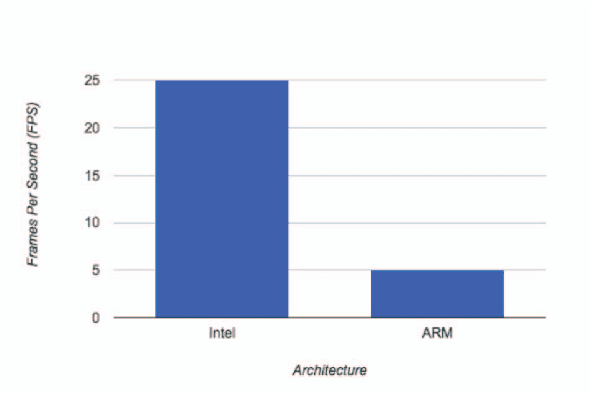

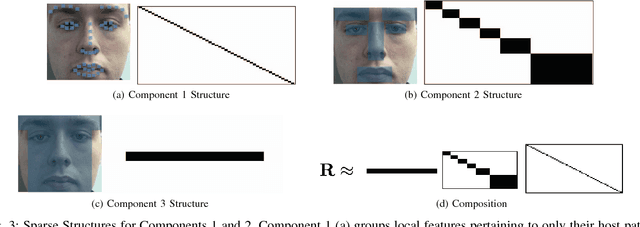
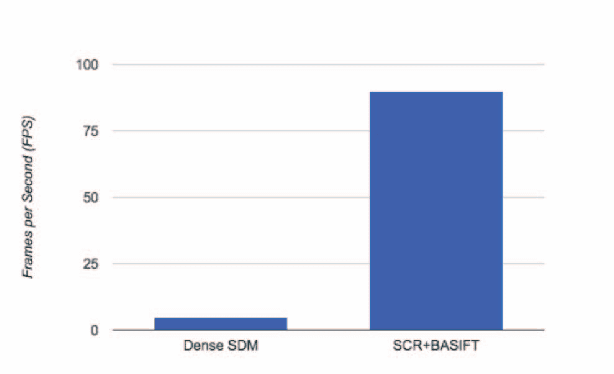
Abstract:In this paper, we present our method for enabling dense SDM to run at over 90 FPS on a mobile device. Our contributions are two-fold. Drawing inspiration from the FFT, we propose a Sparse Compositional Regression (SCR) framework, which enables a significant speed up over classical dense regressors. Second, we propose a binary approximation to SIFT features. Binary Approximated SIFT (BASIFT) features, which are a computationally efficient approximation to SIFT, a commonly used feature with SDM. We demonstrate the performance of our algorithm on an iPhone 7, and show that we achieve similar accuracy to SDM.
 Add to Chrome
Add to Chrome Add to Firefox
Add to Firefox Add to Edge
Add to Edge